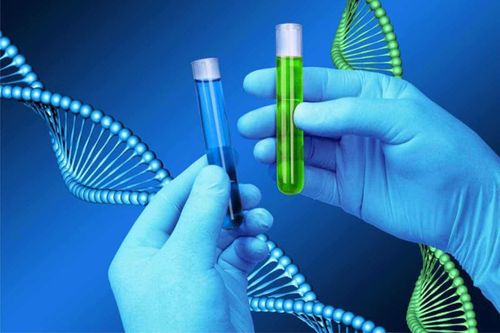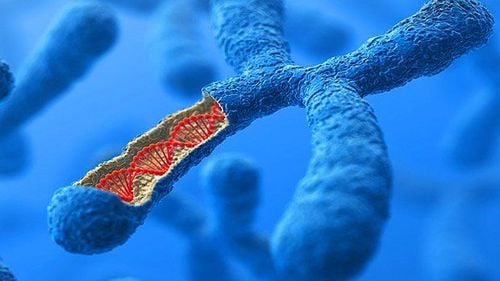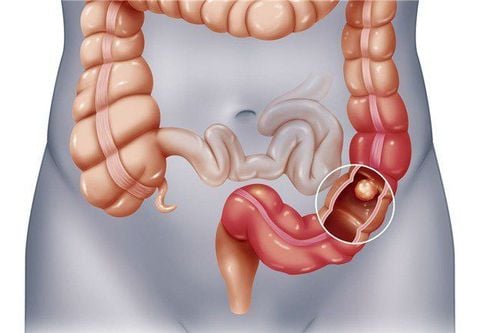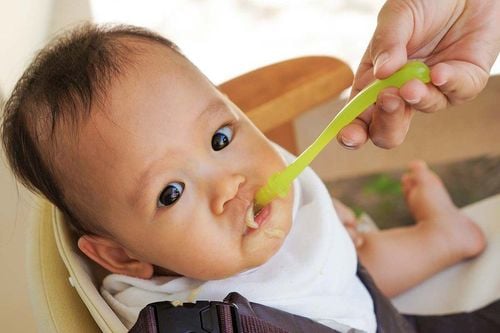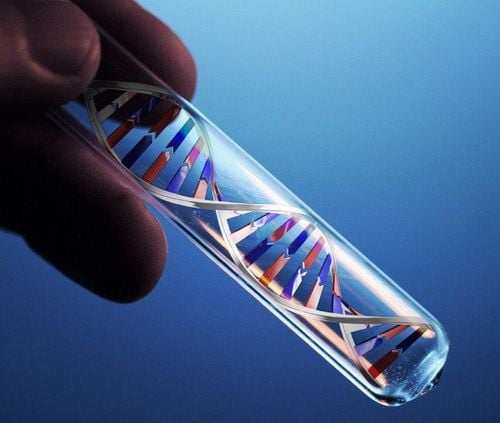This is an automatically translated article.
DNA fingerprints can be used to identify blood relations, trace the culprit through biological traces containing DNA left at the scene or trace the victim's identity through living bodies, even just bone fragments. , tooth. This is a great advancement in forensic medicine.1. DNA fingerprints
DNA fingerprinting is a chemical test that reveals the genetic makeup of a person or other living organism. It is used as evidence in court to identify individuals, monitor related blood genetics, and seek cures.DNA fingerprinting uses chemicals to separate DNA sequences from which will reveal unique parts of the genome. And each person will have a unique DNA fingerprint.
Unlike conventional fingerprints, which appear only on the fingertips and can be surgically altered, DNA fingerprints are the same for every cell, tissue and organ of a person. It cannot be replaced by any treatment. DNA fingerprints are the ideal way to distinguish an individual from others.
2. Genetic map
DNA (deoxyribonucleic acid) is the main chemical compound that makes up chromosomes. It is a series of chemical compounds that combine to form the permanent blueprints for life. These compounds are called bases and are of four types (A-G-T-C). They combine to form base pairs. They join together telling the cells how to make copies of each other. The complete set of this compound is called the genome. More than 99.9% of people have nearly identical genomes (100% if identical twins). And just a tiny bit of this compound makes individuals completely different both physically and mentally.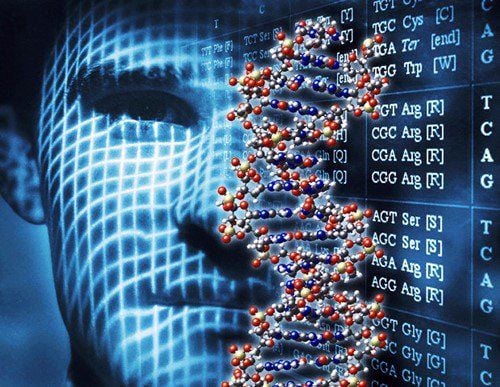
Giải mã bản đồ gen người
3. Uses of DNA fingerprints
Since its invention in 1984, DNA fingerprinting is commonly used in lawsuits and legal matters. It can:Naturally connect a piece of evidence with the person suspected of committing a crime. To do this requires only a very small amount of DNA and is a surefire way to "fingerprint" a perpetrator in a crime. Determine the blood relationship between children and parents or siblings. Identify a corpse that is too old or is decomposing. DNA fingerprinting gives extremely accurate results. So most countries in the world now keep an individual's DNA profile just like the police keep a copy of an actual fingerprint.
In addition, DNA fingerprints also have medical uses such as:
Matching tissues of organ donors with those in need of organ transplantation. Doctors will use DNA fingerprinting as a tool to design medical treatments for cancer patients. Furthermore, fingerprints were used to ensure that a tissue was correctly labeled with the correct patient's name. Identify familial diseases. Help find treatments for genetic diseases. Besides, DNA fingerprints also have a role in agriculture as: all living organisms have DNA, which means that DNA fingerprints can be used to identify genetically modified plants or plants. have therapeutic value. It can also be used for genealogy in valuable animals such as racehorses.
4. How to check fingerprint DNA?

Mẫu máu là mẫu tế bào dễ lấy nhất để lấy dấu vân tay ADN
In fact, blood will often be the easiest way to get a sample. Lab staff will treat the sample with chemicals to separate the DNA, then dissolve it in water. The DNA will be cut into smaller segments with a different chemical process so that parts of 5 to 10 repeating base pairs can be obtained. Technicians duplicate those tiny parts millions of times to make the samples longer for easier study.
Lab staff go on to take those strands of DNA and mix them into a gene. They then ran an electric current through the gene, separating the smaller DNA strands from the large strand. A dye added to the gene makes the DNA bands stand out when they are placed under ultraviolet light or illuminated with a laser. The more of these short segments tested, the more accurate the DNA profile. The bands show a barcode-like pattern, which can then be compared with results from another pattern to find a match.
DNA technology or using DNA fingerprints is currently still considered the most advanced technology in the science of specific and accurate individual identification. Due to the unique characteristics of each individual, fingerprints not only bring forensic science to a new step, but are also widely applied in other sciences.
Please dial HOTLINE for more information or register for an appointment HERE. Download MyVinmec app to make appointments faster and to manage your bookings easily.
Reference source: webmd.com; thebalance.com




![[Video] The importance of prenatal diagnostic testing](/static/uploads/small_20190724_084208_028413_xet_nghiem_max_1800x1800_jpg_1d7ac45f78.jpg)
